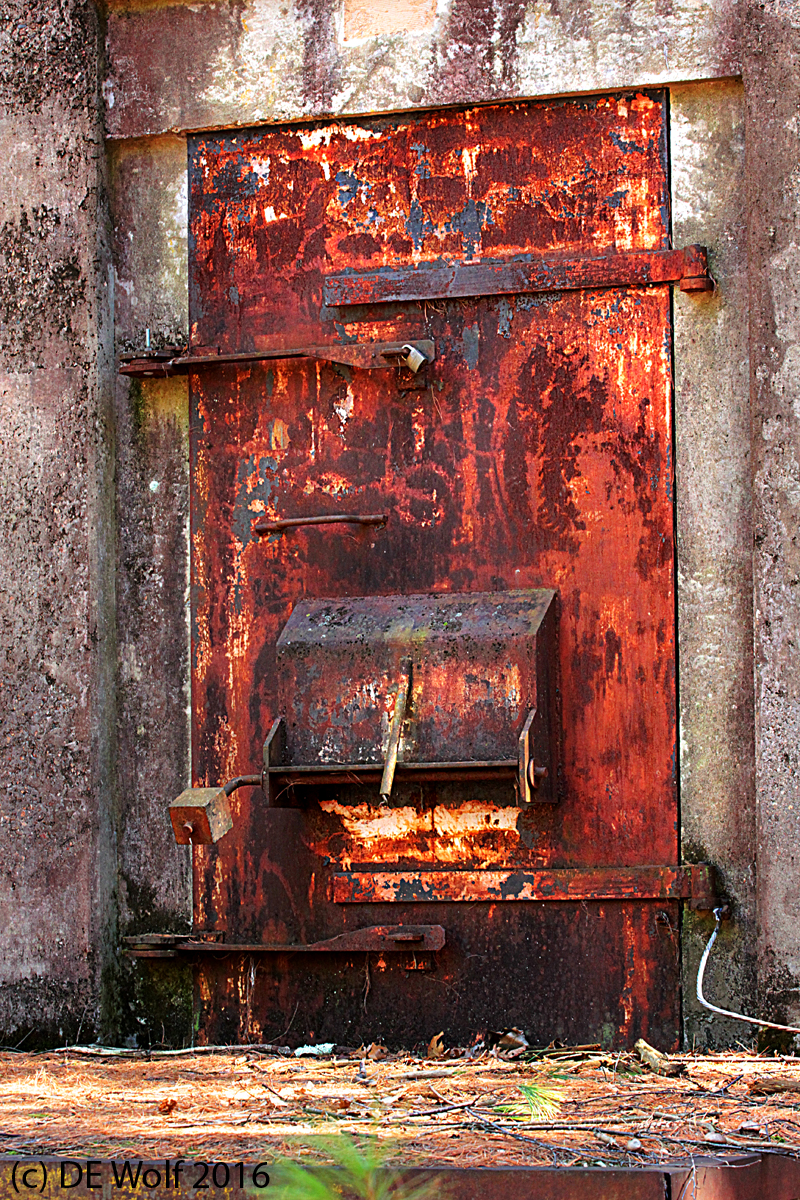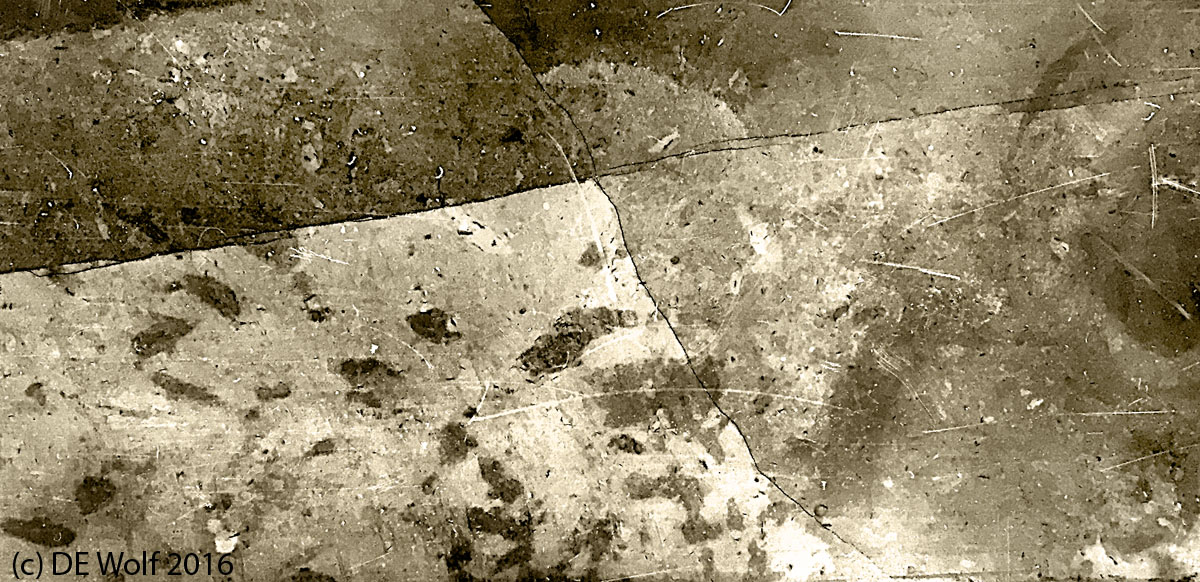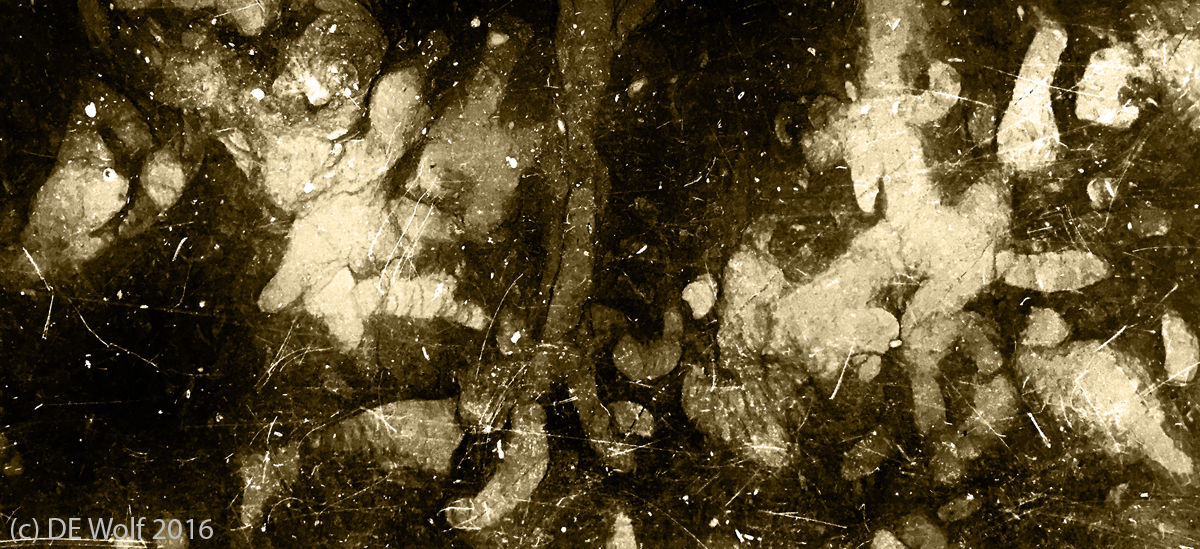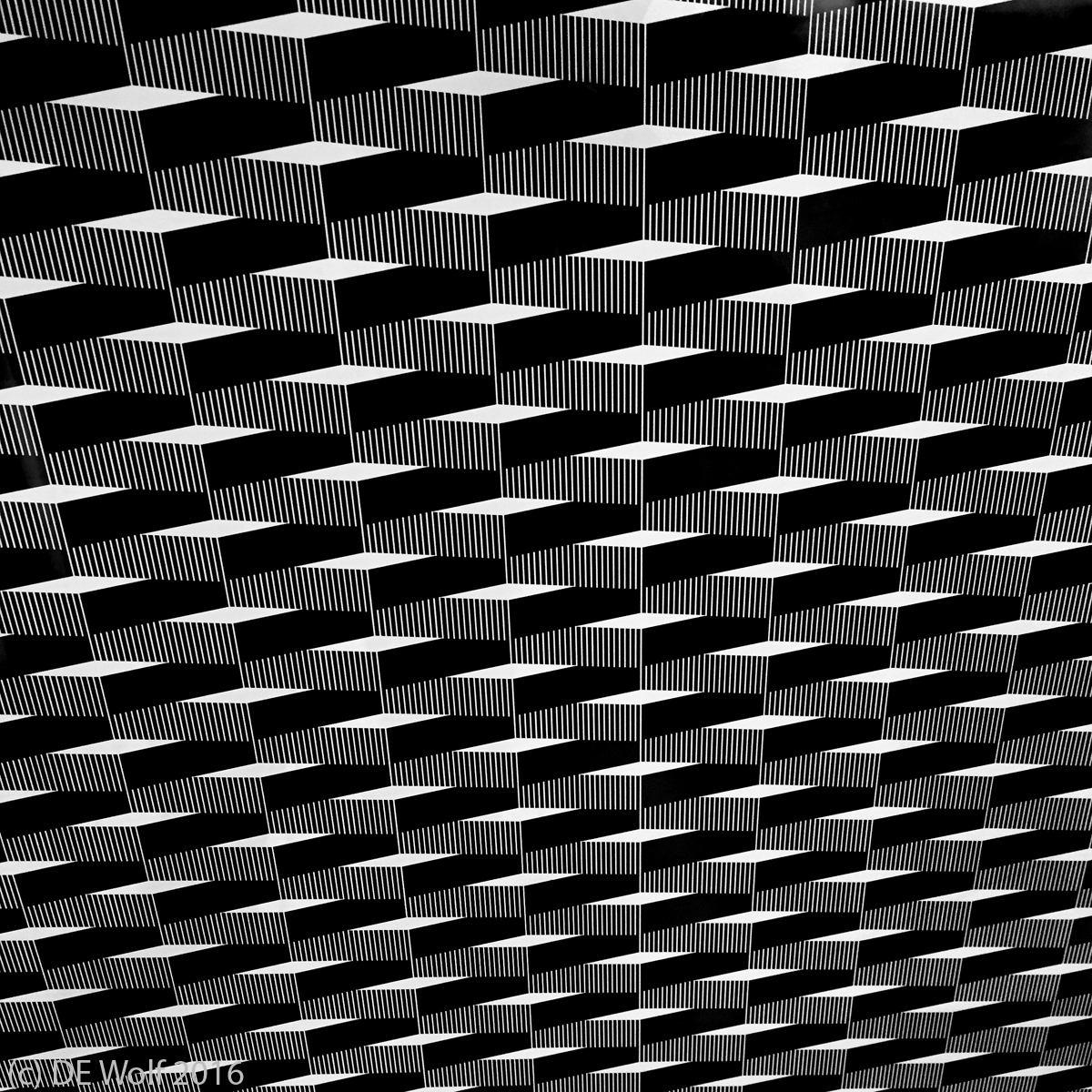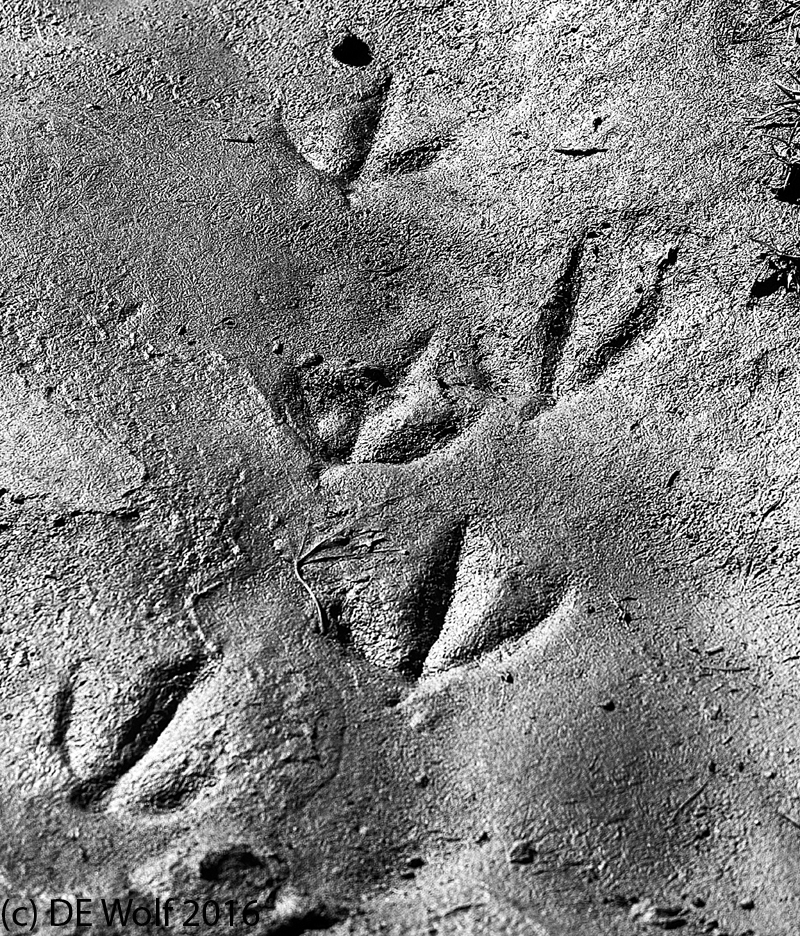![Figure 1 - Close-up of a Go board. By Dilaudid [GFDL (http://www.gnu.org/copyleft/fdl.html) or CC-BY-SA-3.0 (http://creativecommons.org/licenses/by-sa/3.0/)], via Wikimedia Commons.](http://www.hatiandskoll.com/wp-content/uploads/2016/03/Go_board_part.jpg)
Figure 1 – Close-up of a Go board. From the Wikimedia Common By Dilaudid under GFDL license. (see below*)
I’d like to take a break today from the discussion of photography and revisit another favorite theme of this blog – artificial intelligence and the singularity. It relates to digital photography in that digital photography is itself part of this grander scale phenomenon of a redefined man-machine world.
The subject came rushing back to mind this week, when it was reported that the Artificial intelligence Program AlphaGo has defeated for the third time in a row SOuth Korean Go master Lee Se-dol. The Chinese board game is considered to be a much more complex challenge for a computer than chess, and AlphaGo’s wins are being heralded as a landmark moment for artificial intelligence. That is until we call it something else.
For chess we have the so-called Shannon’s number which estimates a minimum number of possible chess games as 10120. That, friends, is a very large number. But it pales in comparison to the number of possible Go games, which is calculated to be 2.08168199382×10170. The point of all of this is that in 1997, when IBM’s Deep Blue defeated reigning world chess champion Gary Kasparov, it was argued that Deep Blue wasn’t really intelligent that it was mere calculating all possible combinations of moves.
But supposedly Go is way too complex to do that and AlphaGo has to simulate human intelligence. Humans think along a very complex pathway that is both digital and analog. Significantly, human thinking is a rather slow process compared to digital computing. And I have to point out that when you have a fundamental clock limitation and have to respond faster and faster to more and more complex problems, you’re going to evolve according to your clock. This is not to say that both man and machine aren’t intelligent.
Curiously, this all relates to what is referred to as the AI Effect. Pamela McCorduck wrote: “It’s part of the history of the field of artificial intelligence that every time somebody figured out how to make a computer do something—play good checkers, solve simple but relatively informal problems—there was a chorus of critics to say, ‘that’s not thinking’.” Everytime AI is invented, we call it something else, as if the term is inherently anathema, and, of course, it does threaten our fundamental world view. Douglas Hofstadter poignantly expresses this AI effect by quoting Tesler‘s Theorem: “AI is whatever hasn’t been done yet.”
It isn’t so. We are ourselves machines and like it are not are sky rocketing to the singularity. Note that I did not say “plummeting.”
Last night I took a respite from the election news and watched the Matt Dammon movie “The Martian.” We have a brilliant future ahead of us, the election of 2016 not withstanding, both humans and machines, as the singularity approaches and the distinction between the two blurs. I am reminded of the film “Ex Machina.” We are way beyond the Turing Test and as the character Nathan tells us:
“One day the AIs are going to look back on us the same way we look at fossil skeletons on the plains of Africa… an upright ape living in dust with crude language and tools, all set for extinction.”
*GNU Free Documentation License.
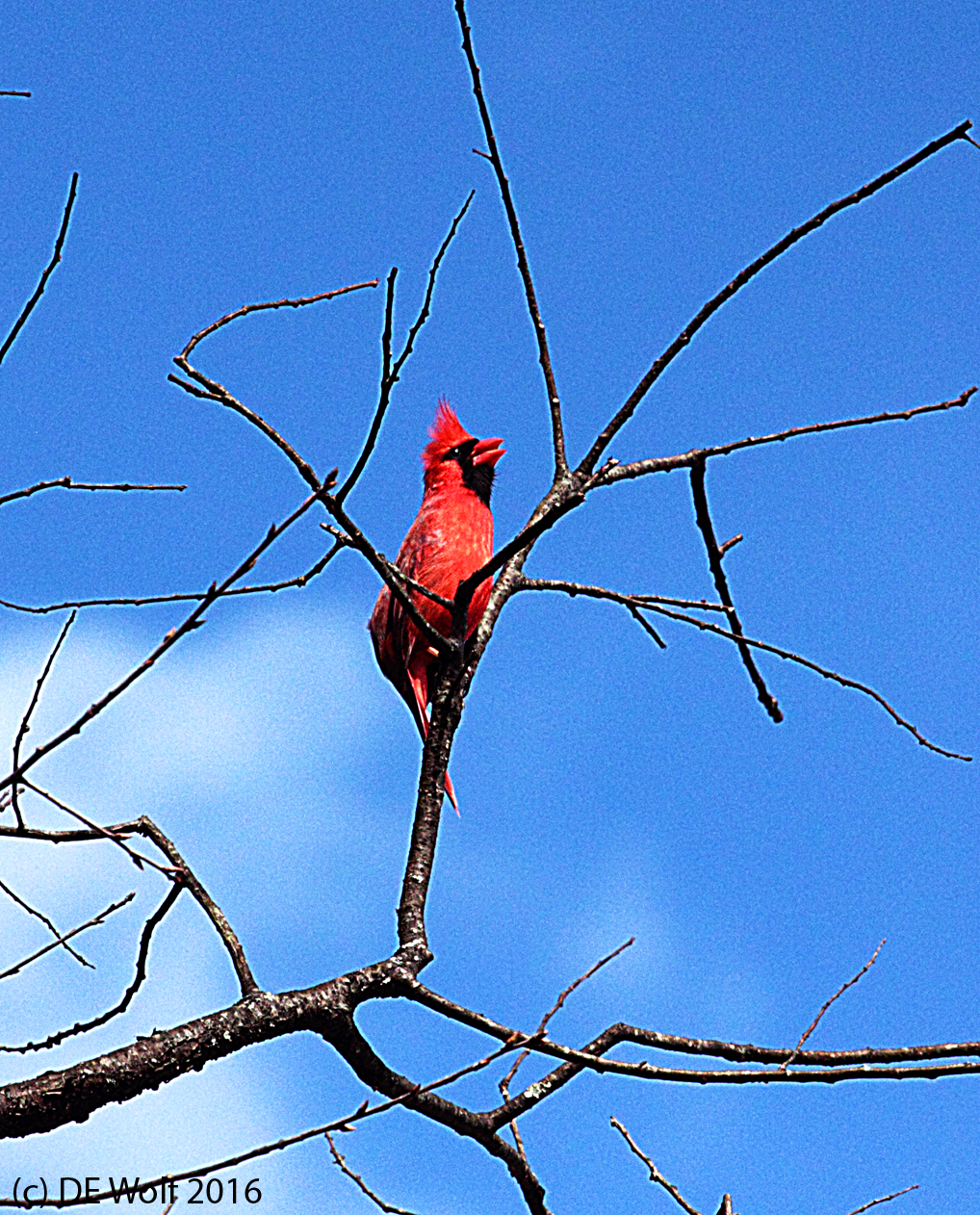


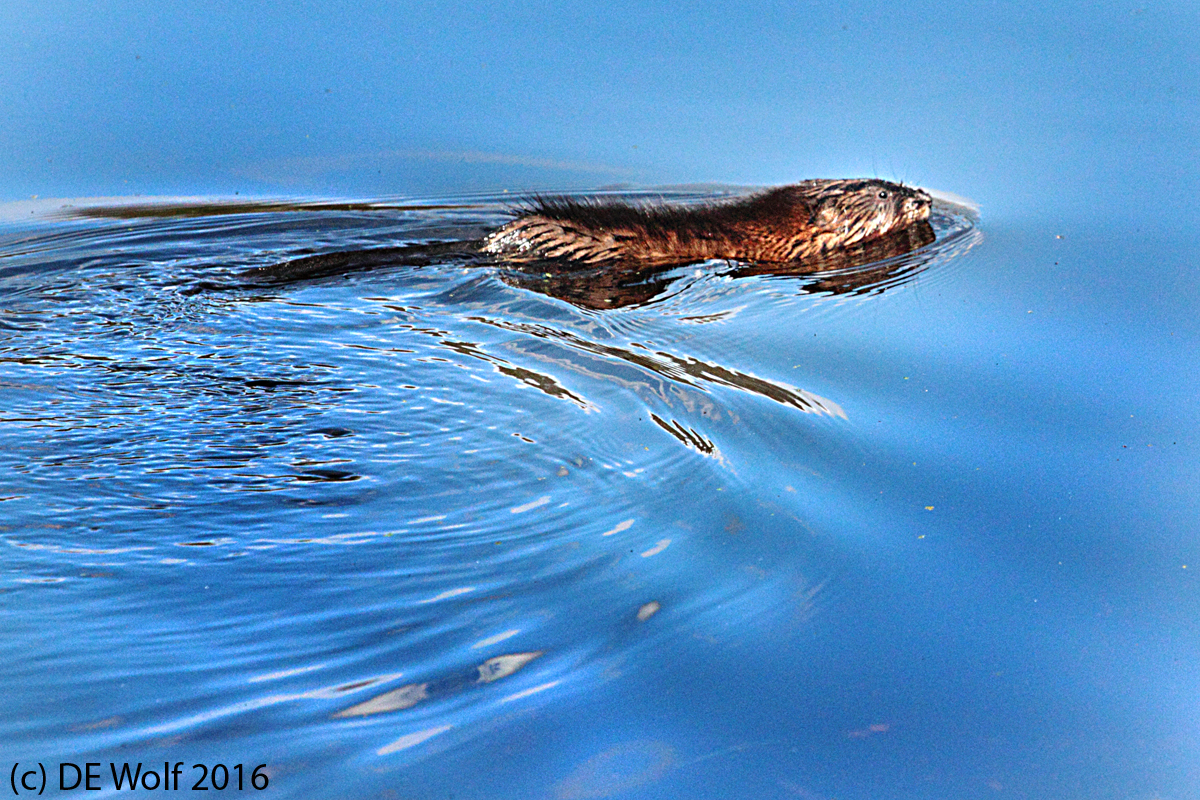
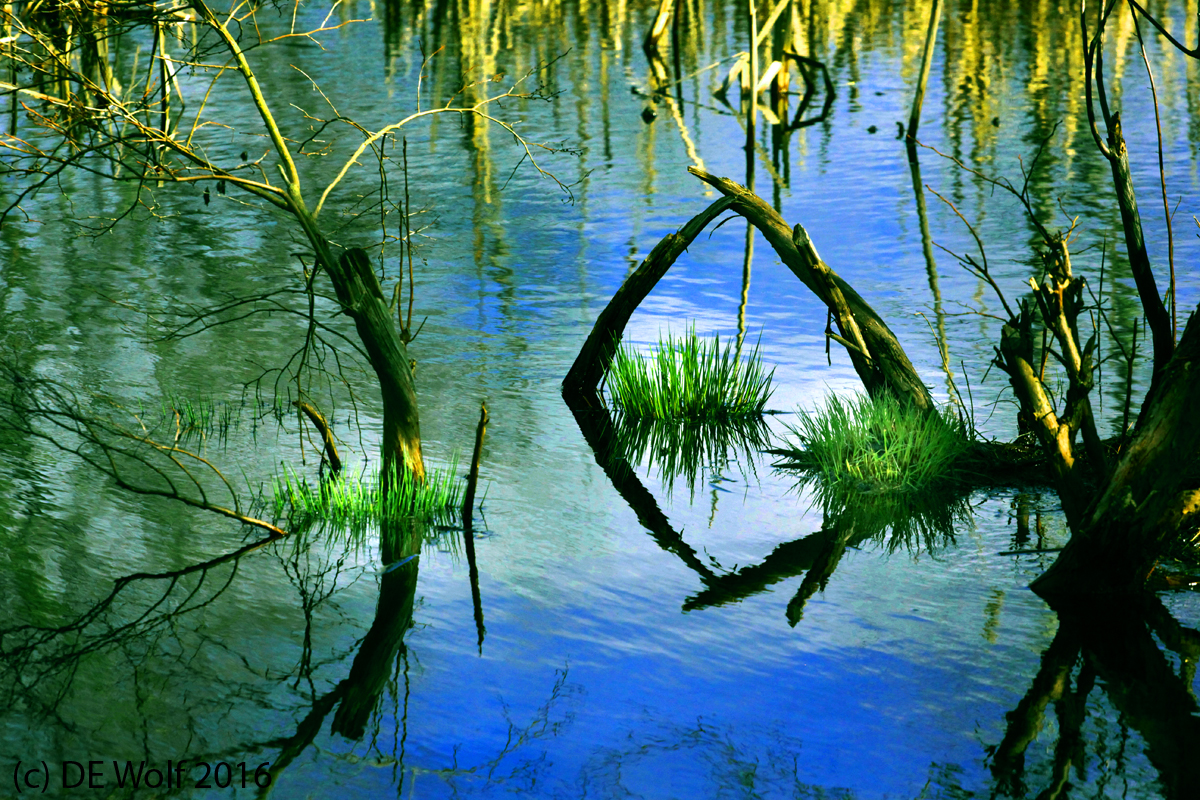
![Figure 1 - Close-up of a Go board. By Dilaudid [GFDL (http://www.gnu.org/copyleft/fdl.html) or CC-BY-SA-3.0 (http://creativecommons.org/licenses/by-sa/3.0/)], via Wikimedia Commons.](http://www.hatiandskoll.com/wp-content/uploads/2016/03/Go_board_part.jpg)
